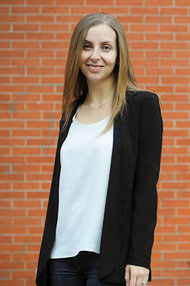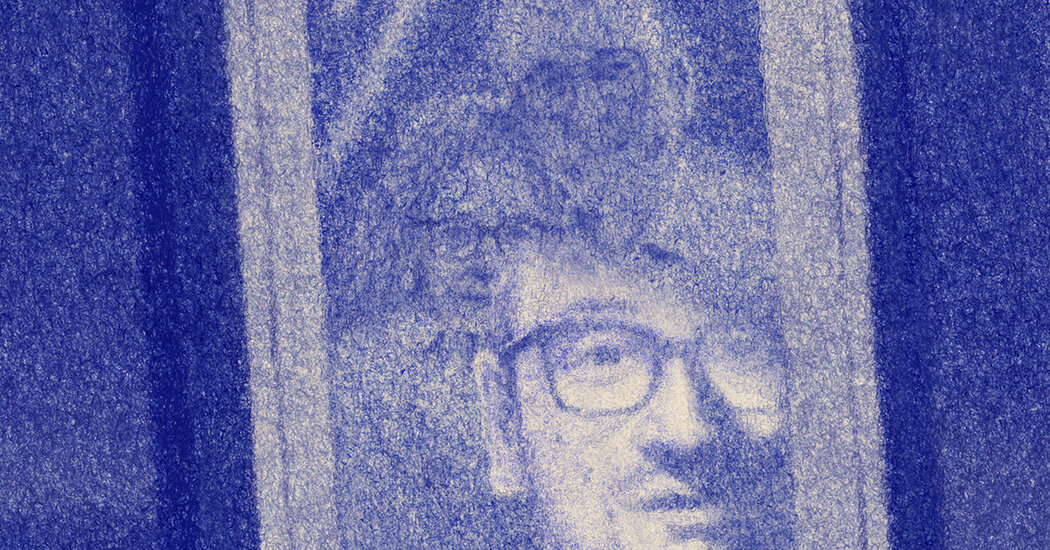
Credit iStock

Maria KonnikovaCredit Margaret Singer and Max Freeman
I’ve been a teacher, primarily of middle and high school English and Latin, for a long while now, and in that time I’ve been conned a thousand times. Now, I love my students. They are some of the most kind, giving and earnest children I know. And yet they have cheated, forged notes and lied to me. While I’ve usually been able to get at the truth behind my students’ deceit, I have to admit I have a few unsolved cases filed away in my desk drawer.
My current preoccupation with these deceptions may have something to do with the fact that I’ve been reading “The Confidence Game: Why We Fall for It…Every Time,” by Maria Konnikova. I think it’s the cognitive dissonance that bothers me the most; I trust my students, and yet they test my trust, repeatedly and predictably.
I emailed Ms. Konnikova, asking her to help me understand why my students lie, cheat and steal, and to help me handle these deceptions better next time, because there’s always going to be a next time.
Why, I asked Ms. Konnikova, despite my years of experience untangling half-truths and spotting deception in my classroom, am I still so terrible at it? And while we are on the topic of kids and deception, why am I even worse at spotting the con when the artist in question is my own child?
First of all, Ms. Konnikova reassured me, all kids lie. It’s a part of growing up, testing limits and adjusting to social expectations and norms. “Kids are incredible con artists. They lie, they lie often, they lie knowingly, and they lie willingly in order to get something they want,” she wrote in an email.
To prove her point, Ms. Konnikova directed me to a passage in “The Confidence Game” in which she describes a study on children and deceit. Researchers put children in a room with a toy and instructed them not to look at it. They then recorded the children’s actions after the adult left the room. A majority of 3-year-olds in the study looked at the toy and, when asked whether they looked, lied about it. When researchers performed the same exercise with older children, the results were even more dramatic. Every single 5-year-old in the study looked at the toy, and every single child lied about it.
We lie as children, and we continue to lie as adults. In “The Confidence Game,” Ms. Konnikova writes, “we lie, on average, three times during a routine 10-minute conversation with a stranger or casual acquaintance.” Lies lubricate our daily social interactions and cushion the sharp edges of difficult conversations.
My students are not bad people because they lie, and they are not acting out of malice, Ms. Konnikova reassured me. Further, the fact that I have been duped so many times does not mean I am stupid or naïve, or falling down on the job of teaching character; it means I’m human. Just as it’s human nature to lie, it’s also human nature to fall for those lies, Ms. Konnikova explains in “The Confidence Game.” “We are so bad at spotting deception because it’s better for us to be more trusting. Trust, and not adeptness at spotting deception, is the more evolutionary beneficial path,” she writes. People who are trusting in nature tend to be happier and healthier, and contrary to what we may believe about the types of people who are easily conned, the more intelligent you are, the more likely you are to trust others.
Furthermore, the more we care about other people, the more easily we are deceived by them, which explains why I am so easily duped by my students and my children. “Emotions are a con artist’s best friend,” Ms. Konnikova wrote in her email, “and there are few things with which we are more emotionally involved than our children. We don’t want to see their dishonesty because it goes against our view of what we want our kids to be.”
Now, just because lying is a normal part of being human, that does not mean we should ignore it, Ms. Konnikova explains. “Nothing reinforces cheating so much as getting away with it. Many con artists start small and keep going once they realize that no one has caught on. Recognizing and talking about dishonesty is better for the kids, and will make them more truthful going forward.”
In order to spot and call out the cons, Ms. Konnikova advised, I should act more like a journalist than a teacher. I should, in her words, “trust, but verify.” Gather the facts as best I can, give everyone (including myself) permission to be imperfect, and make the best of the situation by turning what could be heated conflict and dissolution of trust into a shared learning experience. Talk about how loss of trust can harm relationships, and use the opportunity to show the child that my primary goal is to teach, not to punish.
Recognizing and talking about dishonesty, while teaching children how to do better next time, is our best hope for raising adults who remain on the right side of the line between normal and harmless white lies and the malicious deceptions of true con artists.







